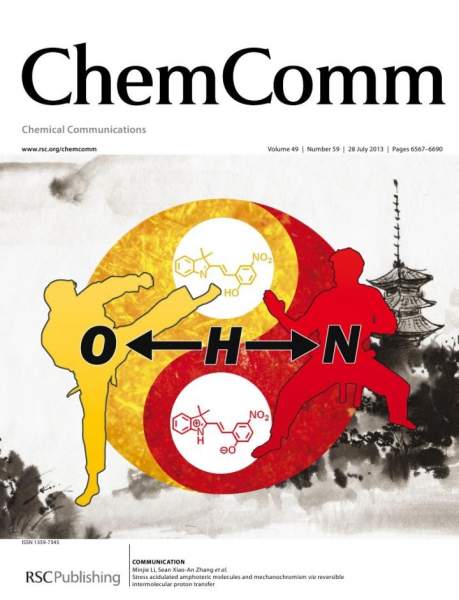The Science and Technology Daily reported the latest research results of the research group on January 3, and briefly introduced the influence of the research results in academia.
 Science and technology daily, Tianjin, Jan. 3 (reporter Sun Yusong, correspondent Zhao Xijun) Reporter learned from Tianjin University on Jan. 3 that the research team of Liu Qingling, researcher of the school of environment, successfully designed and prepared a new catalyst system based on chromium oxide through a simple and easy precipitation method, which can be applied to the treatment of ship nitrogen oxide and other pollution emissions. The research was supported by the key R & D plan of the Ministry of science and technology "pilot project of research on air pollution causes and control technology", which filled in the technical gap in the field of domestic ship exhaust treatment. The relevant research results were published in the new issue of the Chemical Engineering which is the international journal in the field of environmental engineering.
Science and technology daily, Tianjin, Jan. 3 (reporter Sun Yusong, correspondent Zhao Xijun) Reporter learned from Tianjin University on Jan. 3 that the research team of Liu Qingling, researcher of the school of environment, successfully designed and prepared a new catalyst system based on chromium oxide through a simple and easy precipitation method, which can be applied to the treatment of ship nitrogen oxide and other pollution emissions. The research was supported by the key R & D plan of the Ministry of science and technology "pilot project of research on air pollution causes and control technology", which filled in the technical gap in the field of domestic ship exhaust treatment. The relevant research results were published in the new issue of the Chemical Engineering which is the international journal in the field of environmental engineering.
According to reports, ship exhaust is an important source of air pollution in coastal cities, especially the excessive emission of nitrogen oxides, which has attracted wide attention at home and abroad. At present, China has not mastered all the core technologies and key materials for ship NOx treatment. Most of the domestic fuel oil ship's NOx emission treatment is also difficult to meet international standards. The research on key technologies and materials of ship exhaust treatment has become one of the short boards of air pollution control.
At present, SCR is internationally recognized as the most effective way to remove nitrogen oxides. However, ships generally use inferior heavy oil as fuel, and the sulfur content in the exhaust gas is significantly higher than other types of exhaust gas. Sulfur dioxide will react with ammonia gas to generate sulfate, which will adhere to the catalyst surface, making the catalyst inactive. Aiming at this disadvantage, Liu Qingling's research team designed and synthesized a new catalytic material based on chromium oxide, which is insoluble in water, slightly soluble in acid and alkali. In the presence of sulfur dioxide, the catalytic performance of the new material has been significantly improved, which can greatly promote the selective catalytic reduction of low-temperature ammonia gas. This series of catalyst materials has opened up a new path for the removal of nitrogen oxides in the atmosphere of low temperature and high sulfur, and has important strategic significance for breaking through the technical blockade of foreign countries, promoting the development of green shipping, energy conservation and emission reduction of ships, reducing the emission of air pollutants from ships and environmental protection.
(reprinted from science and technology daily, January 4, 2019, edition 03, editor: Fu Kaixuan)





